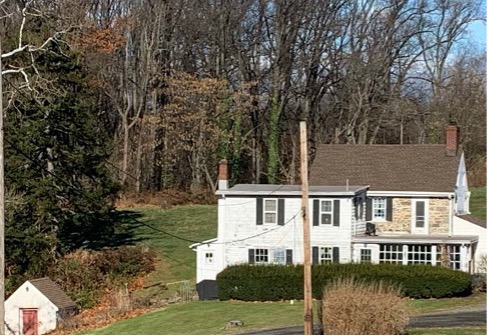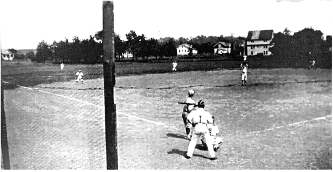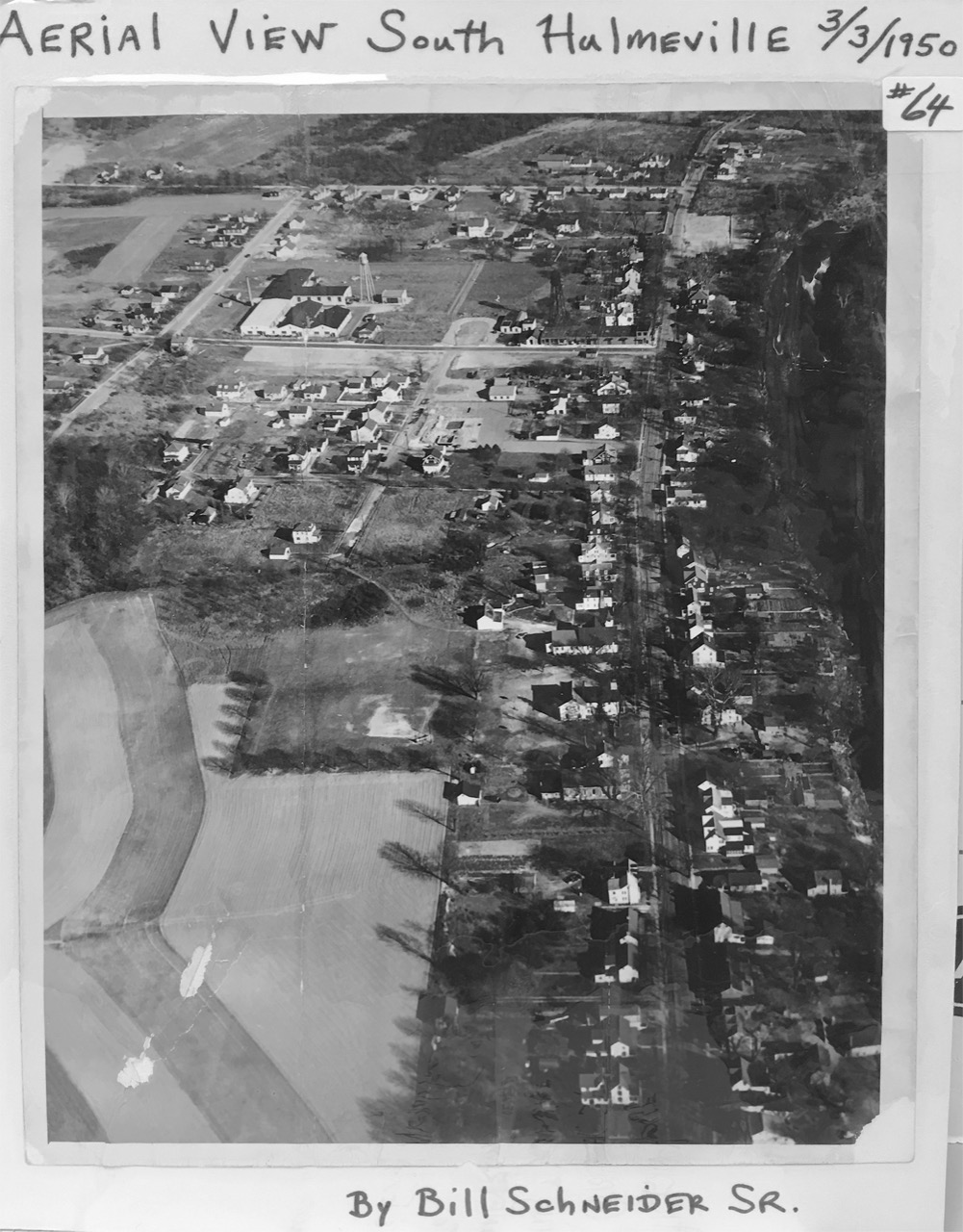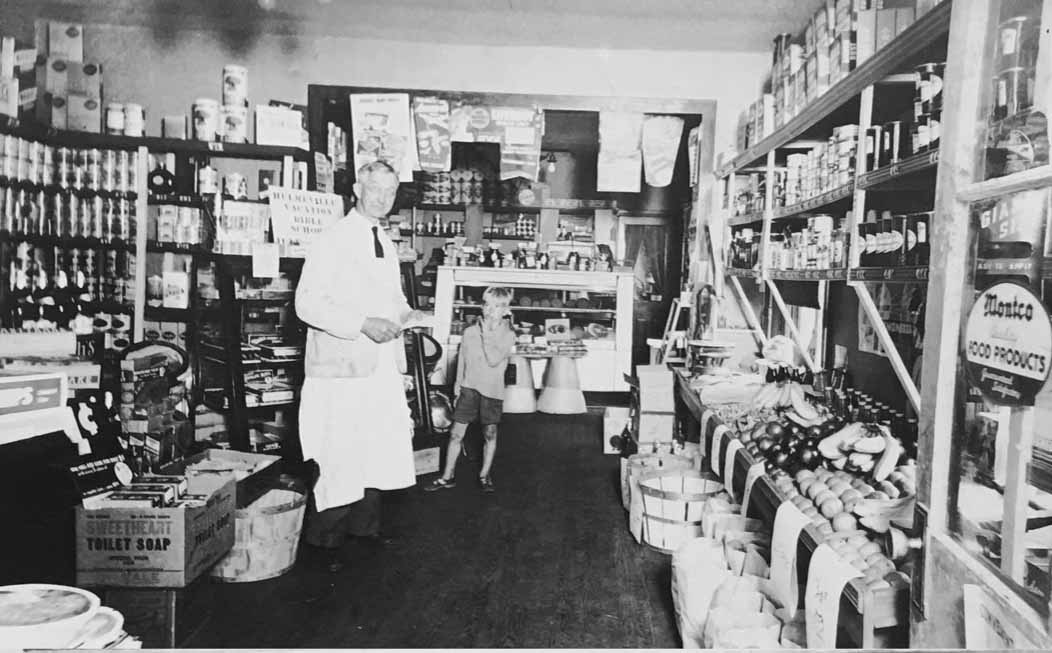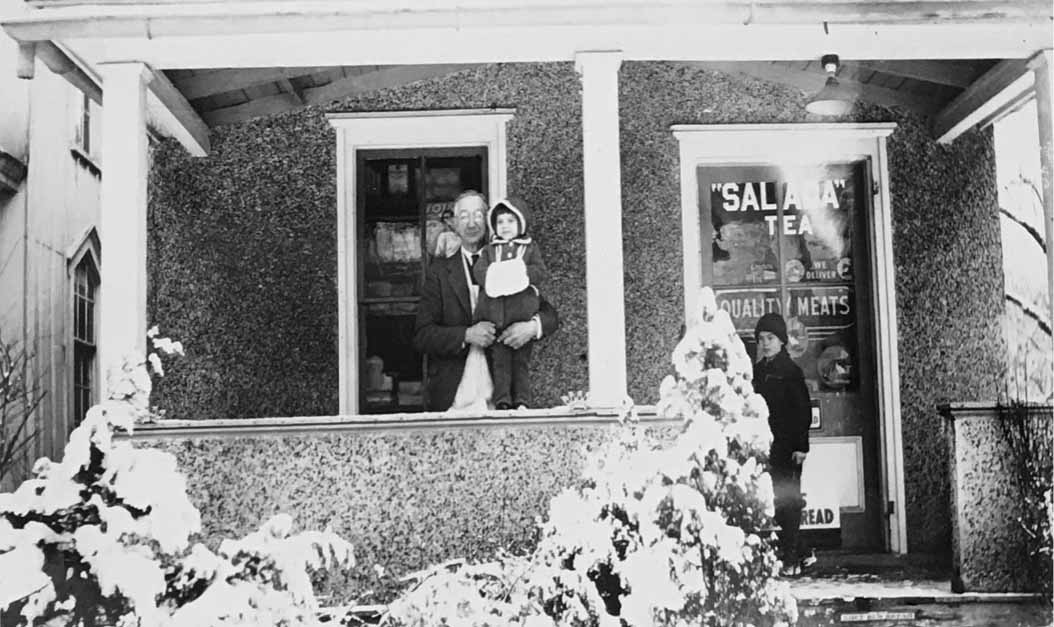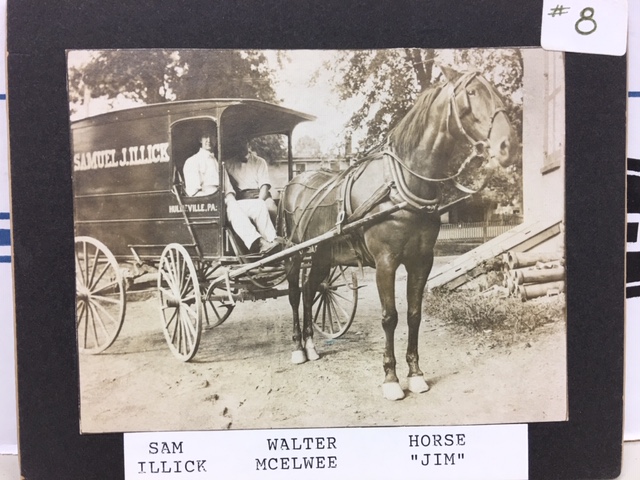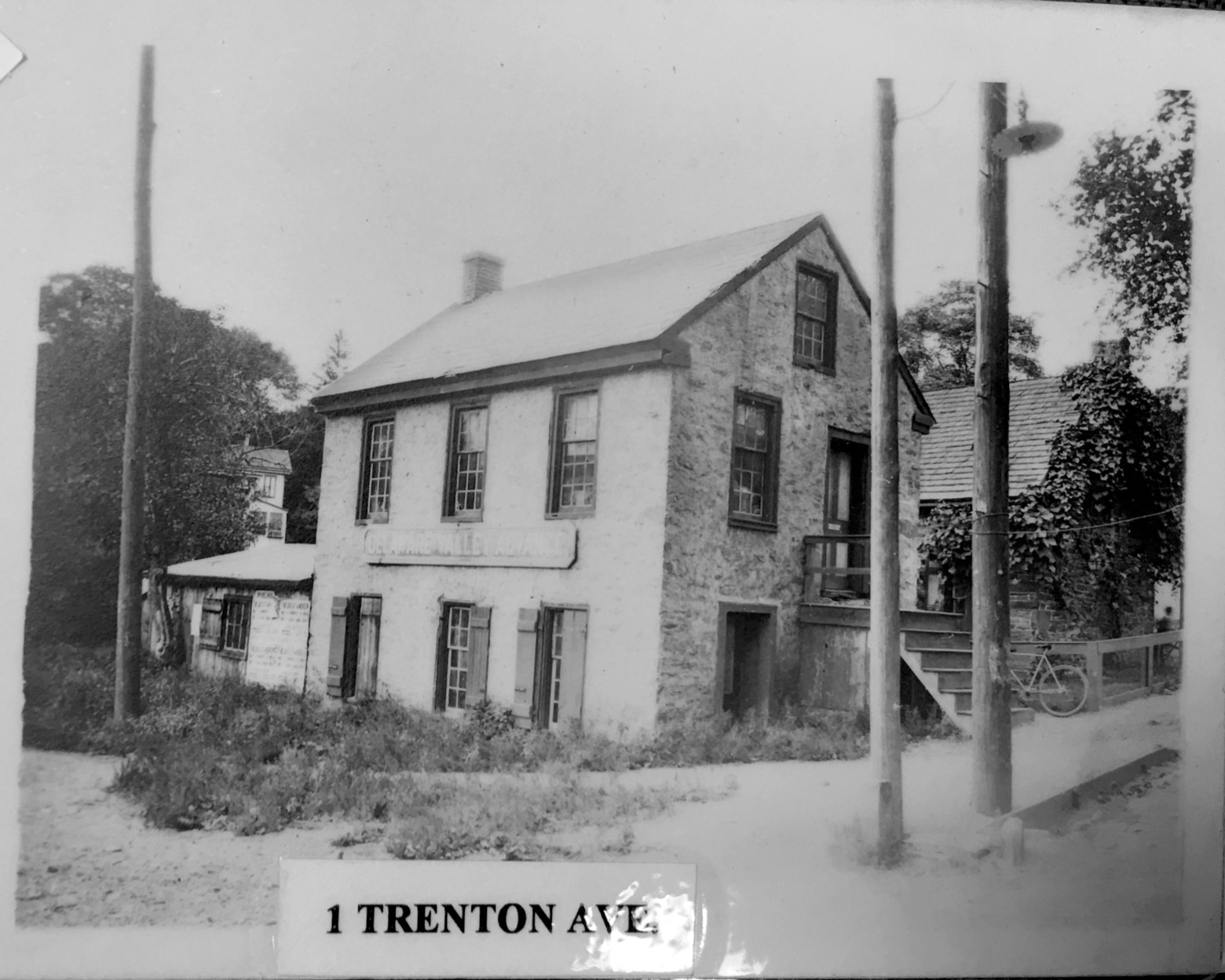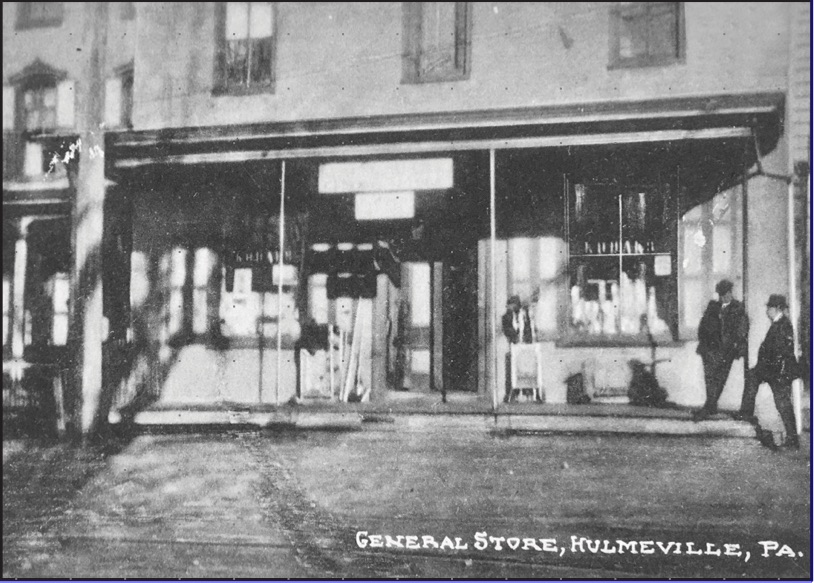From the July-August-September 20205 Newsletter
A little bit of Hulmeville History – Hulmeville during the American Revolution
Happy 249th Birthday USA! As our nation prepares to celebrate its semiquincentennial (half of 500) anniversary in 2026, it seems like a good time to review what was happening in Hulmeville during the American Revolution. The American Revolution started twenty years before John Hulme moved to this location which was known as Milford Mills before the Hulmes came here. In 1776, most of the land that is known as Hulmeville was owned by three families who were descendants of early Dutch settlers. The Vansants owned the northern end of town, the Prauls had been living on the farm at the top of the hill for fifty years and owned most of what became the center of Hulmeville, and the Rue family had a large farm at the southern end of town. Milford Mills and these farms were all part of Middletown Township. The community got its name because of the mills that were situated where there was a ford across the Neshaminy Creek. These mills were part of a narrow property that included land on both sides of the creek that stretched from the dam to just below where the Fricke mill now stands. This property was purchased by Hugh Hartshorne and Ebenezer Large from the estate of Stephen Williams just before the revolution started. Information gleaned from advertisements at the time show these men to be entrepreneurs with numerous businesses including a store next to Christ Church in Philadelphia. At the time, flaxseed oil seemed to be the main product of the mills, but the mills also had been set up to process grain, wool and wood.
This busy property with all of its business activity may have become a target for soldiers looking for supplies from both sides during the revolution but there is no record of this taking place. We do know that Captain John Harrison from just across the creek in Bensalem was a veteran of the war and is buried in Beechwood cemetery. It has also been recorded that John Praul was a “prominent patriot” during the war and was rewarded with a position as a state judge after the war. Following the war John Blundin, another Revolutionary War veteran settled in the village. Blundin was from Massachusetts and was one of the original Minutemen from the start of the war in 1775. He became a member of the cavalry in an elite unit called the Commander-in-Chief’s Guard that served Washington. After the war, Blundin settled in Hulmeville so maybe he traveled through here as he served.
Despite the veterans who lived here after the war, there isn’t much Revolutionary War history to be told about Milford Mills (Hulmeville). However, the Pennsylvania state archives from 1778 contain one interesting story that provides some insight into how the war was affecting the daily lives of people in this community. According to legal depositions of local residents Garret and John Vansant, British officers from NJ came here to steal supplies from the Vansants who supported the American cause. The depositions were taken by the Pennsylvania government to use later in an attempt to have NJ capture the thieves.
The Vansant family-owned hundreds of acres at the northern end of town. One of the family houses is now known as Spring Valley Farm and is situated at 800 Walnut Street. It is owned by Middletown Township as open space and the house is rented out. This property is at a place where today, the communities of Hulmeville, Niddletown and Penndel meet. The house was built by the Vansants with some records indicating that it was first constructed in 1706. In 1778, it was owned by Garret Vansant. According to his deposition, on June 8th, Garret’s son, Garret Jr., who was 15 years old, was visiting a widow in Bristol Township when three British officers came to her door. He left through the back door and went home to Spring Valley farm. When he arrived, he found the British officers had arrived there first. They made him let them in the house, feed their horses, light a fire and give them all of the meat and cheese and some other valuables that the Vansants had. The British then planned to take the horses and a wagon but the horses were gone so they had Garret hitch their horses to the Vansant’s wagon. Next the British tied Garret Jr. up, put him in the wagon and drove towards Bristol. As they approached Bristol, they untied him and let him go but fired a shot at him as he fled.
Garret’s brother John’s deposition reveals why there were no horses for the British to steal. He said he was at home when the British officers first arrived at the house. He saw they were armed with guns and swords and so he jumped out of a window of the house, took a horse from the stable and drove their other horses from their pasture. John was an Ensign in the American military. He rode to alert militia members in the area of the British presence and then returned home. With his brother missing and the wagon gone, he went looking for Garett and the stolen wagon and supplies. Eventually with the help of the American Army the wagon was recovered in Trenton. On June 10th, John and Garret went to retrieve their things and after crossing to PA on a ferry they were attacked again, robbed and beaten. In his deposition John said he went and got some local militia members, and they found some of the attackers, reclaimed some of their possessions and charged the men with robbery.
So, while Hulmeville does not have any stories of dramatic battles taking place here during the Revolution, the story of the Vansant brothers shows that the tensions of the war were present right here. Because the old Vansant house is still here, if you take a stroll down quiet Walnut Avenue you can imagine John Vansant jumping out one of the windows there at Spring Valley farm fleeing the British officers and for a moment, the excitement the American Revolution can come back to life.
